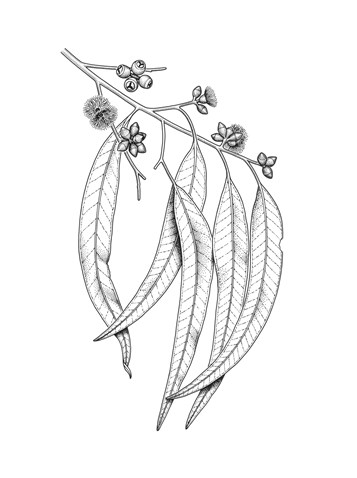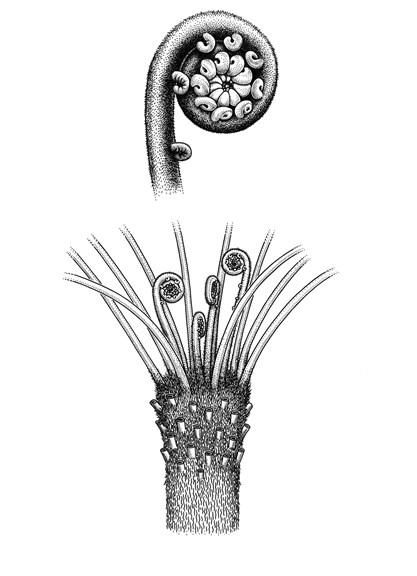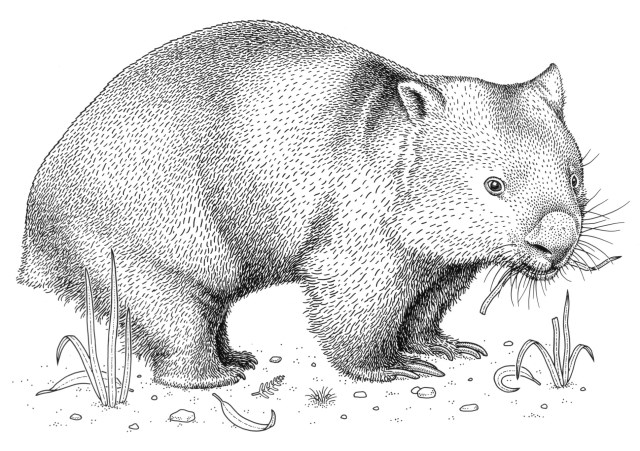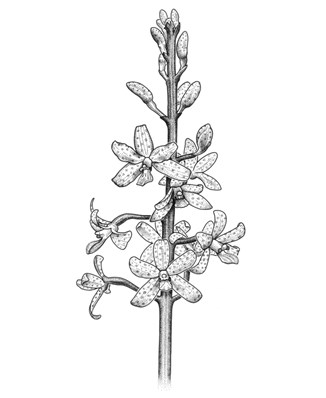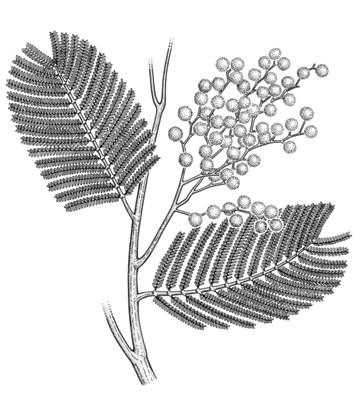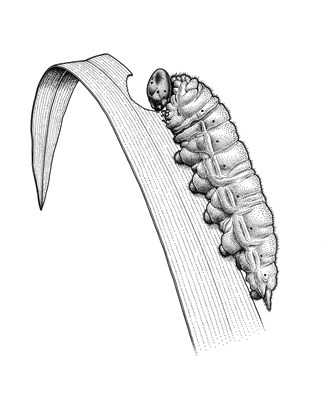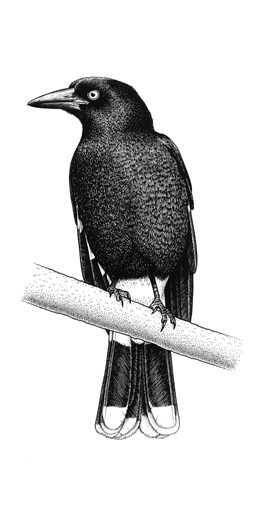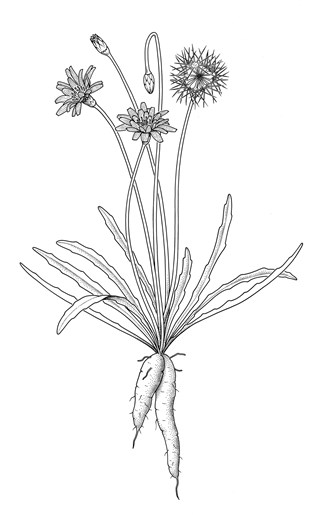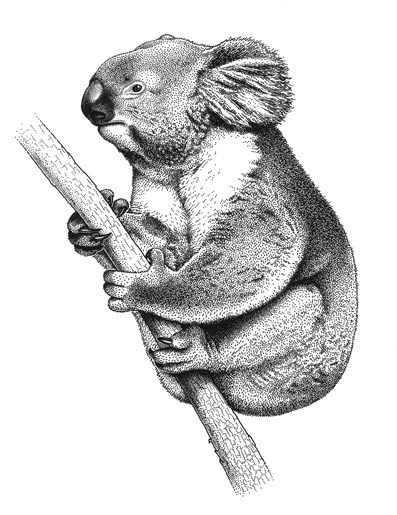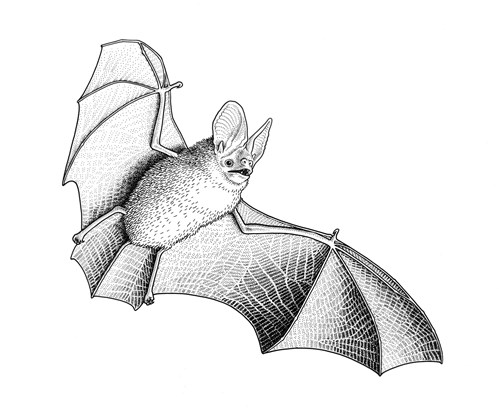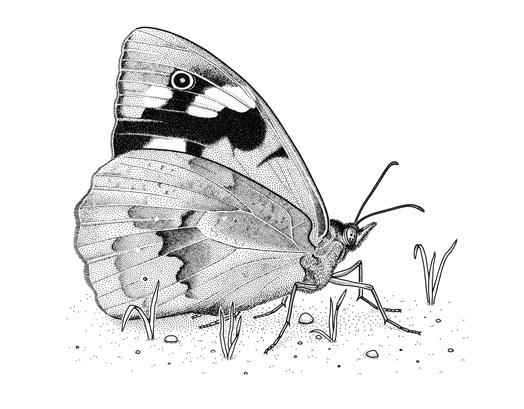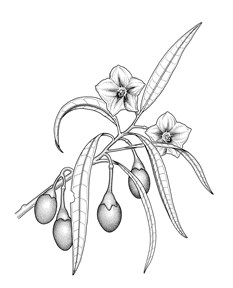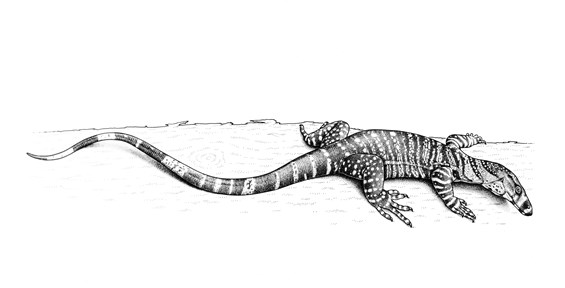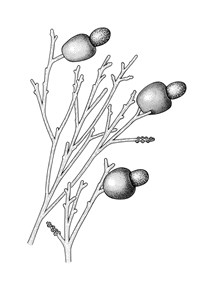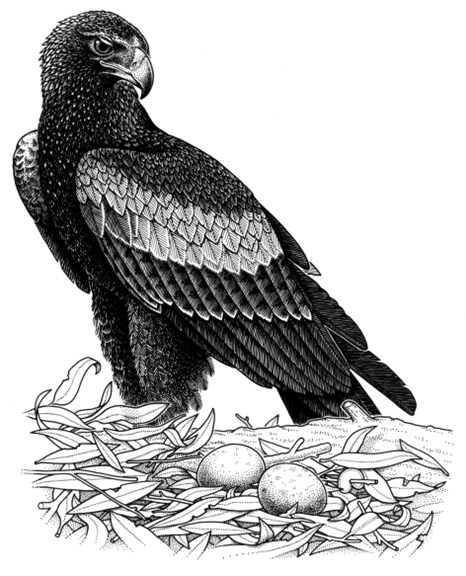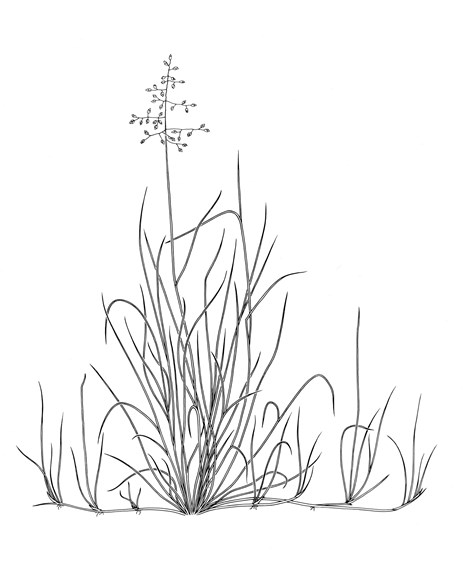Eastern Kulin Seasonal Calendar
The lands of the Eastern Kulin people include the Dandenong Ranges, near Melbourne, which they refer to as the 'cold country'. The Kulin have a detailed local understanding of the seasons and the environment. Each season is marked by the movement of the stars in the night sky and changes in the weather, coinciding with the life cycles of plants and animals.
Overlaid on the seven seasons are two other non-annual seasons - Flood season which is likely to occur on average about every 28 years, and Fire season which occurs on average about every seven years.
Iuk Eel Season (March)
Hot winds cease and temperatures cool.
Iuk (eels) are fat and ready to harvest.
Binap (Manna Gum) is flowering.
Days and nights are of equal length.
Lo-An Tuka, the Hunter, is the star Canopus, seen almost due south at sunset.
We used to set a fishing line at night time, mostly in the lagoons. We got eels out of that… they'd go down to where Badger Creek runs into the Yarra. If eels were running that plentiful they'd make a net and put that in.Martha Nevin, 1969.
Waring Wombat Season (April-July)
Cool, rainy days follow misty mornings. The time of highest rainfall and lowest temperatures.
Waring (wombats) emerge to bask and graze in the sunshine.
Bulen-bulen (Superb Lyrebird) males perform their courtship displays.
Hearts of Kombadik (Soft Tree-ferns) are the major food when no fruits are available.
Days are short and nights are long.
The constellation of Sagittarius rises in the southeast after sunset, indicating the mid-point of cold weather.
Wumangurruditj, that's wombat. Put a piece of wombat, a piece of pork and a piece of porcupine [echidna] and you can't tell the difference.Jessie Hunter, 1999.
Guling Orchid Season (August)
Cold weather is coming to an end. Guling (orchids) are flowering.
Ae-noke (caterpillars) of Common Brown butterfly feed on grasses at night.
Muyan (Silver Wattles) are flowering.
Bulen-bulen (Superb Lyrebird) males perform the last of their courtship displays.
The orchids, that's those little ones. They grow down on the flat too across Badger Creek - has a little flower like a star. If we had a headache Granny Jemima would pick that and boil it and give you a very little bit to drink.Jessie Hunter, 1999.
Poorneet Tadpole Season (September-October)
Temperatures are rising but the rain continues. Flax-lilies are flowering.
Pied Currawongs call loudly and often.
The flowering of plants such as Myrnong, (Yam Daisy), indicates the tubers are ready for eating.
Bulen-bulen (Superb Lyrebird) males have finished displaying.
Days and nights are of equal length.
The star Arcturus is seen on the northwestern horizon soon after sunset.
Gurrborra (Koalas) begin mating. Males bellow at night.
You get a frog and tie his back legs and then put a great big cod hook . . . And you'd have to put a weight. Otherwise you'd see the frog back on the log . . . You'd catch a codfish that way.Martha Wandin Nevin, 1969.
Buath Gurru Grass Flowering Season (November)
The weather is warm, and it is often raining. Kangaroo Grass is flowering.
Buliyong (bats) are catching insects in flight. Balayang, the Creation Being, is also referred to as the bat.
Male Common Brown butterflies are flying. Coranderrk (Victorian Christmas Bush) is coming into flower.
The Orion constellation is setting in the western sky around sunrise.
They must have done something with the seeds for damper to pulp down into a floury thing for damper. That's when the butterflies come to the flowers. They were food.Brian Paterson, 1999.
Kangaroo-apple Season (December)
Changeable, thundery weather.
Dhuling (Goannas) are active.
Buliyong (bats) are catching insects in flight.
Days are long and nights are short.
Fruits appear on Kangaroo-apple bushes. Bali (Cherry Ballart) is fruiting. Bundjil (Wedge-tailed Eagles) are breeding. Bunjil, the Creation Being, is also referred to as the 'eaglehawk'.
Usually when a storm's coming, rain birds, black cockatoos, yellow crested, they come down from the mountains. And you can bet on it within two or three days it rains. Never fails. Two days and it rains. And they make a racket.Brian Paterson, 1999.
Biderap Dry Season (January-February)
Hot, dry weather. High temperatures and low rainfall.
Female Common Brown butterflies are flying.
Bowat (tussock-grass) is long and dry.
The Southern Cross is high in the south at sunrise.
I don't know why, we used to play around the tussock grass. Playing hidey. So they must have been big enough to hide around. And it was nothing to see a snake curled up inside the tussock grass.Dot Peters, 1999.

